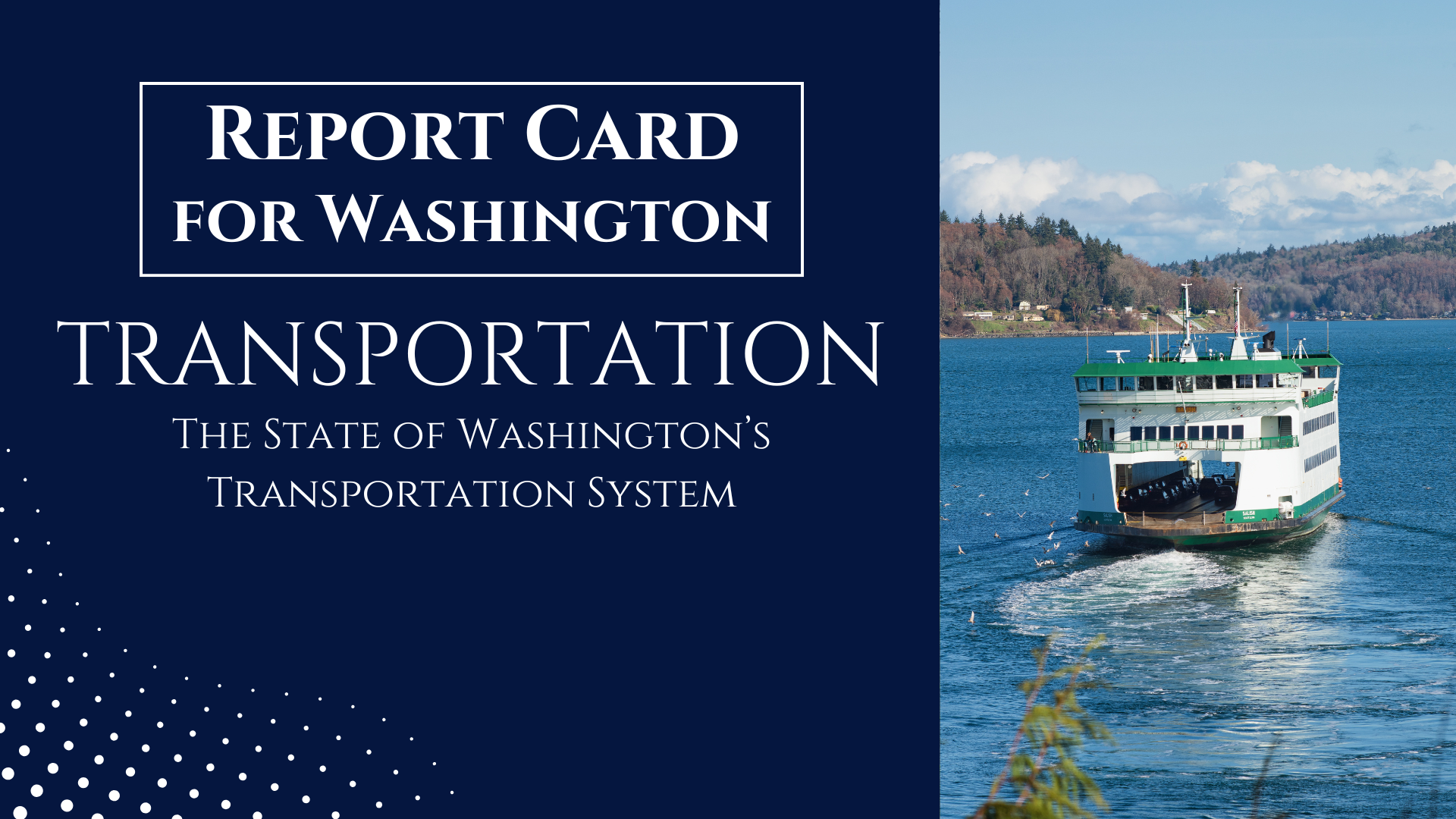The Washington State Department of Transportation has largely given up on providing traffic congestion relief.
That admission comes from Washington State Department of Transportation (WSDOT) Secretary Roger Millar at a recent meeting of the American Association of State Highway and Transportation Officials (AASHTO).
Although congestion relief is occasionally provided by WSDOT, Secretary Millar said at the AASHTO meeting, “what we are talking about when we try to solve congestion is something financially impossible to do. Congestion is not a failure on the state DOT’s part – it is a problem we simply cannot solve.”
WSDOT’s own work to reduce congestion demonstrates this is not true. WSDOT’s decision to allow vehicles on the northbound I-405 hard shoulder during the afternoon peak period is one great example. After WSDOT opened the peak-use shoulder lane between SR 527 and I-5, 500 more vehicles were able to travel on I-405 during the afternoon peak hour (4PM to 5PM), and at faster speeds, as there were fewer vehicles per lane per hour. Faced with penalties if they did not reduce congestion, WSDOT found a way to do it. When congestion relief benefited the agency, they provided it.
Legislator responds to WSDOT’s comments
Senator Phil Fortunato responded to the Secretary’s comments in a letter dated August 1st, citing RCW 47.01.260, which outlines the function of WSDOT. The law states that WSDOT “shall exercise all the powers and perform all the duties necessary…to the planning, locating, designing, constructing, improving, repairing, operating, and maintaining state highways…and changes necessary for the protection of state highways…”
He tells the Secretary, “It is a big job that affects millions of people every day. If you can’t do it, or even worse give up trying, then you are abdicating your responsibility to our state’s citizens’ who depend on you to do your job…If you feel it is indeed ‘too hard’ to rededicate yourself and agency to its core mission of building, constructing and maintaining roads and make relieving congestion a priority, I would ask you to step down and make room for someone who can.”
Secretary Millar responded in less than 24 hours. He stood by his comments, emphasizing that WSDOT is a “multimodal transportation agency, not a highway department.” He added that the congestion people “are a part of is a symptom of a larger problem,” namely “a lack of affordable housing and transportation choices near where they live, work, go to school, shop, and recreate.”
The Secretary’s comments seem in line with his previous work as Vice President of Smart Growth America. Smart Growth is a political ideology that promotes “planned economic and community development that attempts to curb urban sprawl and worsening environmental conditions.” Advocates of Smart Growth generally support compact living and walking, biking, or taking transit for a small fraction of transportation needs. They do not support policies that relieve traffic congestion.
In tandem, the Secretary says that “WSDOT is looking for innovations in transportation technology and systems to make commuting less onerous.”
Supporting technology that would maximize the capacity we already have and reduce congestion is a good start. However, unilaterally deciding not to give drivers relief while continuing to collect billions in taxes and fees is unfair to over 90% of people for whom cars are the chosen mode of transportation in Washington state.
Millar’s comments are a reflection of the direction WSDOT has been going for several years, despite congestion relief being a stated (although unmeasured) goal of the agency.
Cost
Further, the agency’s justification that reducing congestion is simply too expensive a task is disingenuous. WSDOT says it will cost $115 billion to get everyone moving on 451 additional lane miles at the posted speed limit (60 mph) at all hours of the day. If this is the standard, then perhaps WSDOT officials should reconsider supporting light rail as a solution. Light rail moves fewer people at slower speeds and costs significantly more per mile.
Spending $115 billion to add 451 miles of roadway across Washington is far more valuable than the $54 billion being spent by Sound Transit to lay down 62 more miles of rail to serve fewer than 3% of daily trips in 2040. In fact, the transit trip numbers are so low, the Puget Sound Regional Council added “school bus trips” to their calculation for transit, showing that – after spending billions and billions of dollars – transit’s market share would still reflect a relatively insignificant 6.3% in 2040 (See Table 2 on page 4).
Induced demand
Millar also noted that highway expansion is futile because of a theory called “induced demand.” The idea is that if you supply more of a product, more people will want it.
The policy director for Climate and Energy Economics at Brooking Institution rightfully said, “Suppliers don’t control demand, they control supply.”
Using induced demand as an excuse to stop highway expansion would also imply we should never build another hospital because it would just fill up with sick people or another prison because it would just fill up with criminals.
Ironically, WSDOT officials and Millar apply induced demand only when they want to. As The AASHTO Journal noted, “Millar pointed out that managing demand on the system is the key. ‘Our biggest source of capacity in the system is reducing demand; getting more people to telework, travel at off-peak hours, and by making off-system travel improvements such as adding bike lanes changes demand on system,’ he explained. ‘That way we add capacity but only where it makes sense.’"
If the theory of induced demand, which Millar believes in, is applied consistently, the space that bikes use will just get filled up and will not change the demand on the system at all.
Even if WSDOT officials and transit boosters believe in induced demand, it is still premature and inappropriate to call existing demand “induced.” WSDOT is currently failing to accommodate current levels of demand, so If a lane is built and people use it, this is a good thing.
Interestingly, a packed train is seen as a success and a widely-used bike lane creates calls for more bike lanes – but when the freeway is jammed, public officials say nothing can be done.
It is unfortunate that WSDOT is excusing itself from any responsibility for worsening traffic congestion by saying it cannot be fixed because it would be too expensive or futile. This is the agency’s purpose in our state. The redefinition of WSDOT as a multimodal agency that puts drivers and highway mobility last should concern every resident who pays taxes to WSDOT, and every legislator who represents them.






